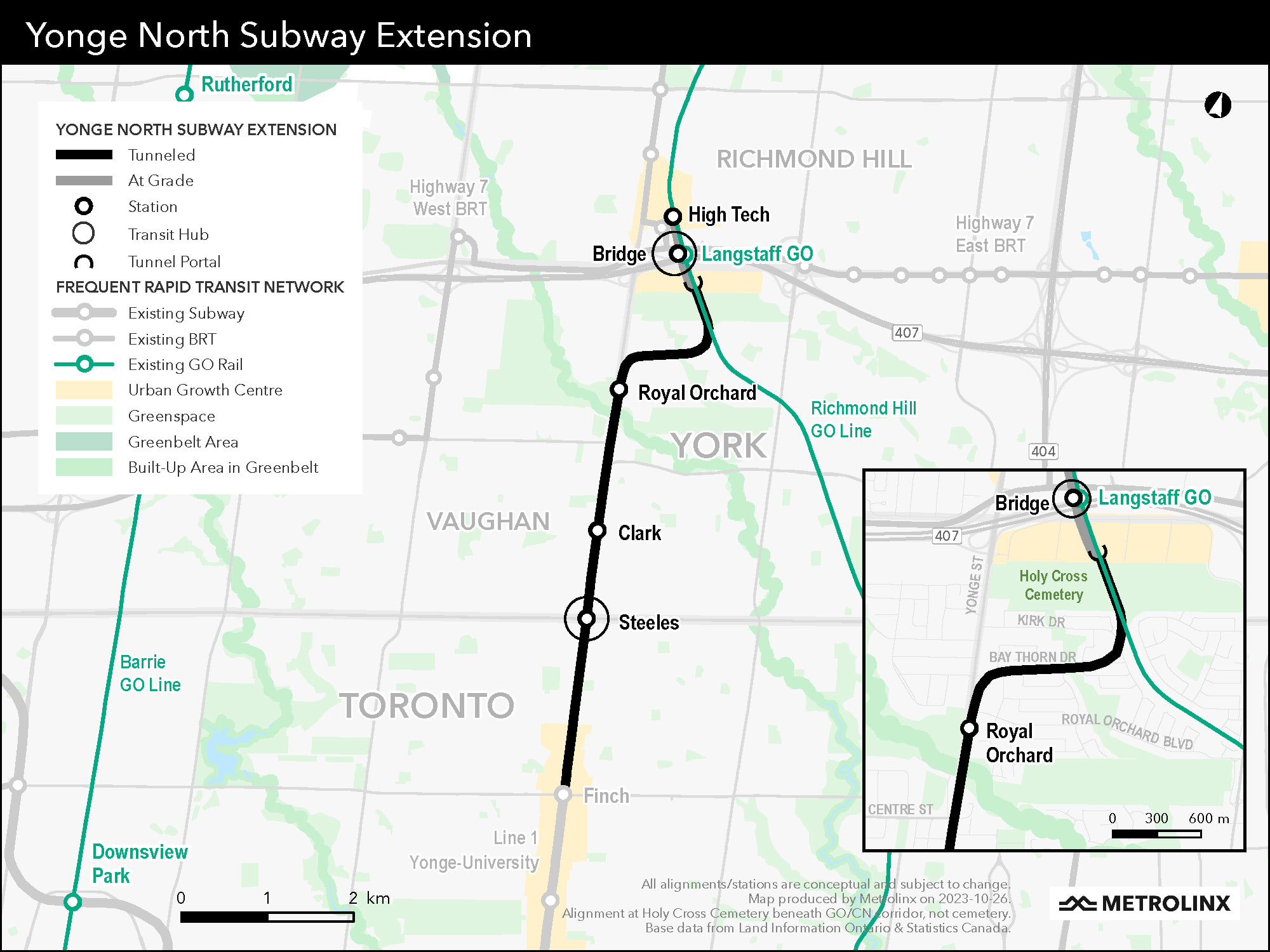The conventional wisdom among Toronto's young professionals has been dangerously simple: buy the most affordable condo you can find, build equity, then upgrade later. But while your peers are bidding wars over 600-square-foot units in glass towers, the savviest young investors are making a different calculation entirely.
Toronto's luxury townhome market operates under different rules than the mainstream condo market. The regulatory landscape, financing requirements, and investment fundamentals create unique opportunities for high-earning professionals who understand the mechanics.
Recent TRREB data from September 2025 reveals compelling market conditions: townhome prices across Toronto have declined 5-7% year-over-year, creating a strategic buying window. Meanwhile, the finite supply of well-located townhomes continues to provide long-term appreciation potential that starter condos simply cannot match.
For Toronto's young elite—the professionals earning $200K+ who are building wealth while building careers—the townhome-first strategy offers immediate lifestyle elevation, superior wealth building potential, and strategic advantages that starter condos cannot match.
This analysis examines the financial realities of luxury townhome acquisition using current market data, the regulatory frameworks that shape this market, and the specific strategies that make this approach viable for high-earning young professionals.
Section 1: The Financial Reality of Luxury Townhome Ownership
Understanding the 20% Down Payment Requirement
TABLE 1: CMHC Insurance Requirements and Costs
Source: CMHC-SCHL.gc.ca
Critical Regulatory Reality:
The Canadian mortgage insurance landscape creates a fundamental divide at the $1 million threshold. Properties priced above $1 million cannot access CMHC mortgage insurance regardless of down payment amount. This means luxury townhomes in Toronto's desirable neighborhoods require conventional financing with minimum 20% down payment.
For properties under $1 million, the mathematics strongly favor the 20% down payment approach. Consider a $950,000 townhome:
10% Down ($95,000): CMHC insurance premium of $22,800 + higher interest rates
20% Down ($190,000): No insurance premium + access to best mortgage rates
The $22,800 insurance premium represents nearly 25% of the additional down payment required, while providing no benefit to the borrower—it protects the lender while adding permanent cost to your purchase.
True Cost of Ownership Analysis
TABLE 2: Monthly Ownership Costs - September 2025 Market Prices
Based on Canadian mortgage calculations: 5.5% semi-annual compounding, 25-year amortization
Monthly Cost Breakdown:
Mortgage Payment (calculated using Canadian semi-annual compounding)
Property Tax: $660-$1,100 (0.8% annually)
Home Insurance: $200-$300
Utilities: $300-$400
Maintenance Reserve: $400-$550 (0.5% annually)
Section 2: Market Analysis - Current TRREB Data
Toronto Luxury Townhome Neighborhoods - September 2025
TABLE 3: Market Performance by Region
Source: TRREB Market Watch, September 2025
Market Insights:
Toronto East leads in sales volume (36 units) and buyer competition (102% SP/LP ratio)
Toronto Central commands premium pricing but shows buyer negotiating power (97% SP/LP)
Toronto West offers balanced market conditions with moderate pricing
All segments show 5-7% YoY price declines, creating strategic buying opportunities
Neighborhood Analysis and Transit Access
Toronto Central (C01-C15) - The Premium Choice
Key Areas: Corktown, King West, Entertainment District
Financial District Commute: 5-10 minutes (walk/bike)
Professional Profile: Tech executives, investment bankers, corporate lawyers
Investment Thesis: Maximum appreciation potential, lifestyle premium
Toronto East (E01-E11) - The Value Leader
Key Areas: Leslieville, Riverdale, Beaches periphery
Financial District Commute: 15-25 minutes (TTC)
Professional Profile: Senior tech professionals, consultants, medical specialists
- Investment Thesis: Best value proposition, emerging neighborhood upside
Toronto West (W01-W10) - The Balanced Option
Key Areas: Liberty Village, Junction Triangle, High Park vicinity
Financial District Commute: 10-20 minutes (TTC/GO)
Professional Profile: Finance professionals, startup founders, creative executives
Investment Thesis: Infrastructure development, pre-gentrification opportunities
Section 3: Income Requirements and Qualification Analysis
Mortgage Qualification Framework
TABLE 4: Income Requirements Based on September 2025 Prices
Based on 32% Gross Debt Service ratio and current mortgage rates
Professional Income Context:
High-earning professionals in Toronto who can realistically consider luxury townhomes:
$217K-$225K Required: Senior software engineers, corporate lawyers (5+ years), management consultants, medical residents finishing specialty training
$360K+ Required: Investment banking VPs, tech executives, medical specialists, dual high-income households
Down Payment Accumulation Strategies
TABLE 5: Savings Timeline for High Earners
Acceleration Strategies:
RRSP Home Buyers' Plan: Up to $70,000 for couples
Stock Option Exercise: Tech professionals with equity compensation
Annual Bonus Allocation: Finance/consulting year-end bonuses
Family Assistance: Gift or structured loan programs
Portfolio Leverage: Using investment assets as collateral
Section 4: Investment Analysis - Townhomes vs. Starter Condos
Wealth Building Comparison
TABLE 6: 5-Year Wealth Building Projection
Note: Net position accounts for opportunity cost of additional down payment invested at 6% annual return
TABLE 7: Real Estate Transaction Costs in Toronto
Strategic Implications:
Transaction costs of 9% mean properties must be held minimum 3-5 years to overcome costs through appreciation. This reality supports the townhome-first strategy over starter condo approaches that assume trading up within 2-3 years.
Section 5: Risk Assessment and Market Timing
Current Market Opportunities
September 2025 presents unique buying conditions:
Price Corrections: 5-7% YoY declines improve affordability
Reduced Competition: Higher interest rates eliminate marginal buyers
Inventory Balance: Healthy sales volumes without oversupply
Rate Environment: Current rates create challenges but also opportunity for future refinancing
Risk Mitigation Strategies
Financial Protection:
Emergency fund: 6-12 months expenses separate from down payment
Income protection: Adequate disability insurance coverage
Property protection: Comprehensive home and title insurance
Market Protection:
Location selection: Established neighborhoods with transit access
Property selection: Move-in ready properties avoiding major renovation risk
Financing structure: Fixed-rate mortgages for payment stability
Section 6: Implementation Strategy
The 90-Day Action Plan
Phase 1: Financial Preparation (Days 1-30)
1. Calculate exact income qualification using current stress test rates
2. Organize financial documentation for mortgage pre-approval
3. Assess down payment timeline and acceleration opportunities
4. Research professional team members (broker, agent, lawyer)
Phase 2: Market Education (Days 31-60)
5. Tour target neighborhoods during different times and days
6. Attend open houses to calibrate expectations and preferences
7. Research recent sales data in target price ranges
8. Interview and select real estate agent with luxury market experience
Phase 3: Active Acquisition (Days 61-90)
9. Secure mortgage pre-approval for specific property targets
10. Begin intensive property search with qualified agent
11. Prepare for competitive bidding in Toronto East market
12. Execute purchase with appropriate conditions and timeline
Property Selection Criteria
Location Factors (40% weighting):
Transit accessibility scores and future infrastructure
Neighborhood appreciation trends and development plans
Walk score for amenities and lifestyle factors
School district quality for future family planning
Property Factors (35% weighting):
Square footage efficiency and layout functionality
Renovation requirements and major systems condition
Parking availability and outdoor space quality
Heritage character and architectural appeal
Investment Factors (25% weighting):
Comparable sales analysis and pricing relative to market
Rental potential assessment for future flexibility
Resale marketability and buyer appeal factors
Price per square foot relative to neighborhood averages
Section 7: Conclusion - The Strategic Advantage
Why Now, Why Townhomes
The September 2025 TRREB data reveals a compelling opportunity for Toronto's young elite. Price corrections of 5-7% have improved affordability while maintaining market fundamentals. For high-earning professionals with the capital and income to execute this strategy, the townhome-first approach offers:
Immediate Benefits:
Lifestyle elevation with space, privacy, and outdoor areas
Professional image enhancement for career advancement
Stability during peak career-building years
Long-term Advantages:
Superior wealth building compared to starter condo strategies
Elimination of transaction costs from trading up
Portfolio optionality as income and family situation evolve
Market Positioning:
Entry into finite supply market with land value appreciation
Positioning in neighborhoods with strong demographic trends
Access to Toronto's most desirable living environments
Your Next Steps
The window for strategic townhome acquisition remains open, but market conditions suggest acting decisively. Young professionals earning $225K+ who can accumulate the required down payment should prioritize:
1. Toronto East for optimal value and appreciation potential
2. Toronto West for balanced pricing and infrastructure upside
3. Toronto Central for maximum lifestyle and prestige benefits
The mathematics are compelling, the market conditions are favorable, and the lifestyle benefits are immediate. For Toronto's young elite who understand wealth building principles, the townhome-first strategy represents the optimal path to real estate success.
Schedule Your Complimentary Consultation
Ready to join Toronto's young elite in building serious real estate wealth through strategic townhome acquisition?
Our luxury market specialists understand the unique challenges and opportunities facing high-achieving young professionals in Toronto's evolving real estate landscape.
Our consultation provides:
Personalized financial qualification analysis based on your specific situation
Current market intelligence and exclusive opportunity identification
Professional team recommendations and strategic introductions
Implementation planning for optimal timing and execution
This analysis is based on September 2025 TRREB market data, current CMHC regulations, and mortgage calculations using Canadian semi-annual compounding standards. Market conditions and pricing change regularly - consult with qualified professionals for current information and personalized advice.






























